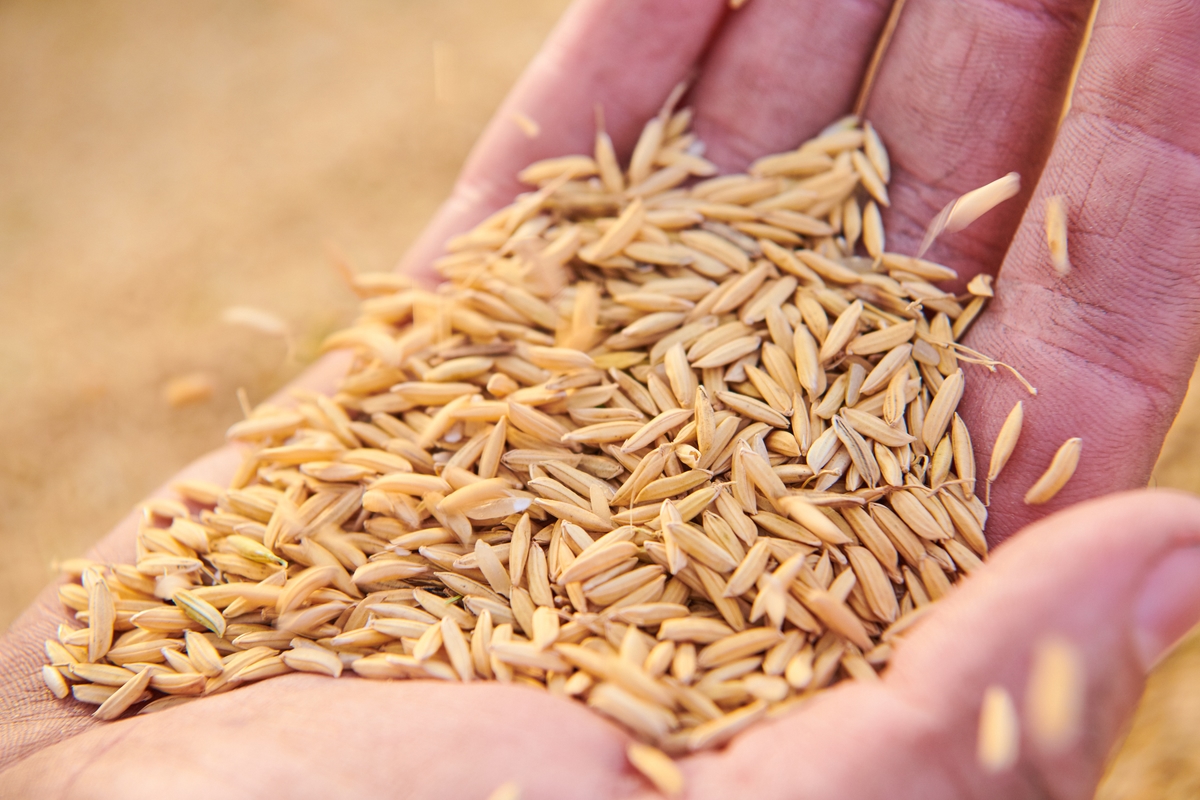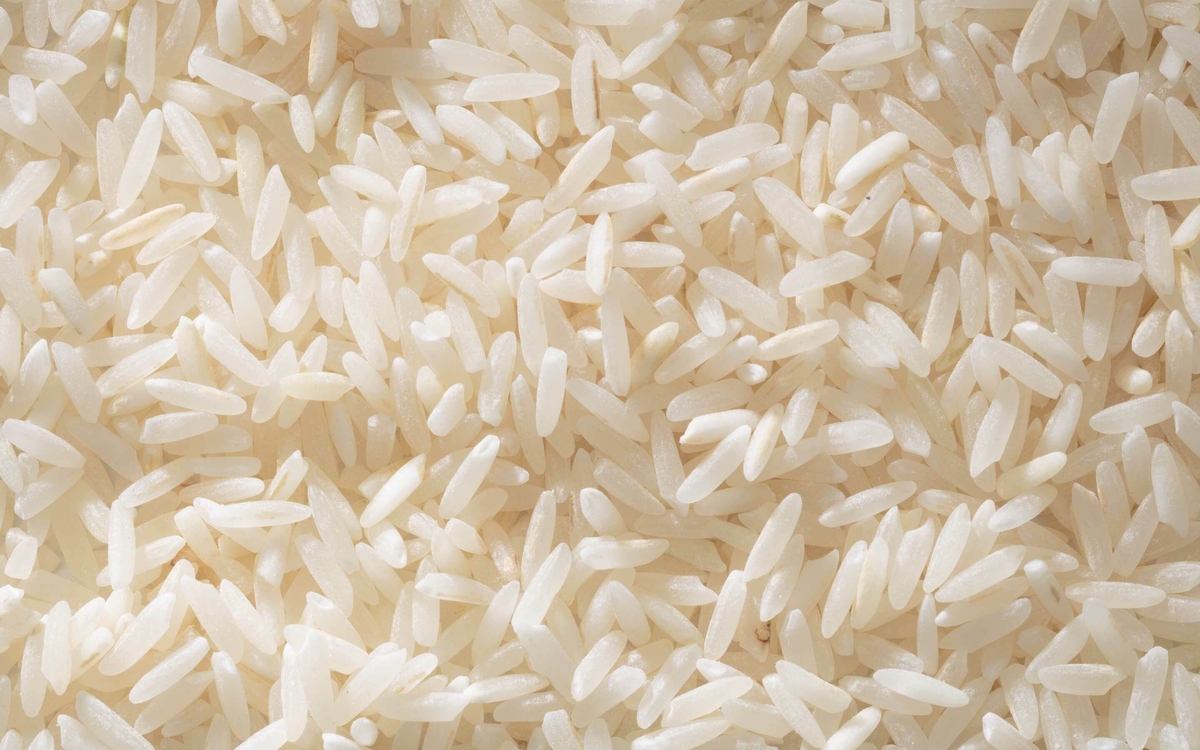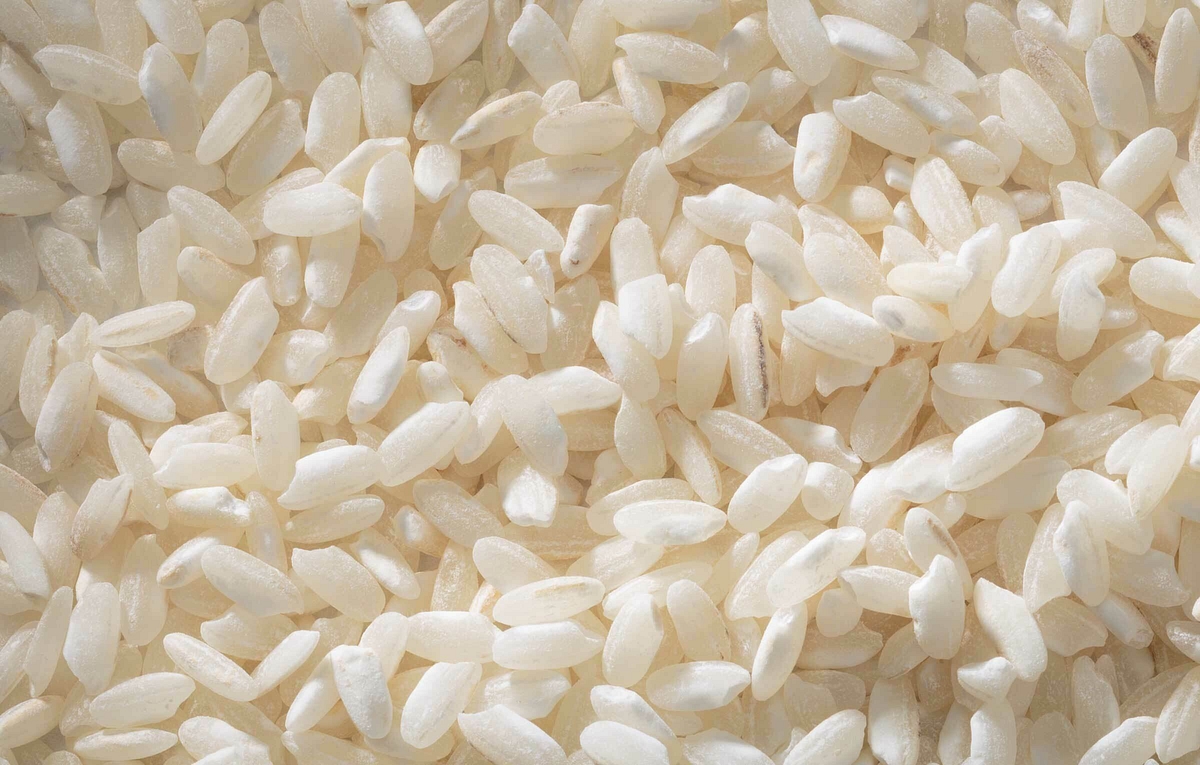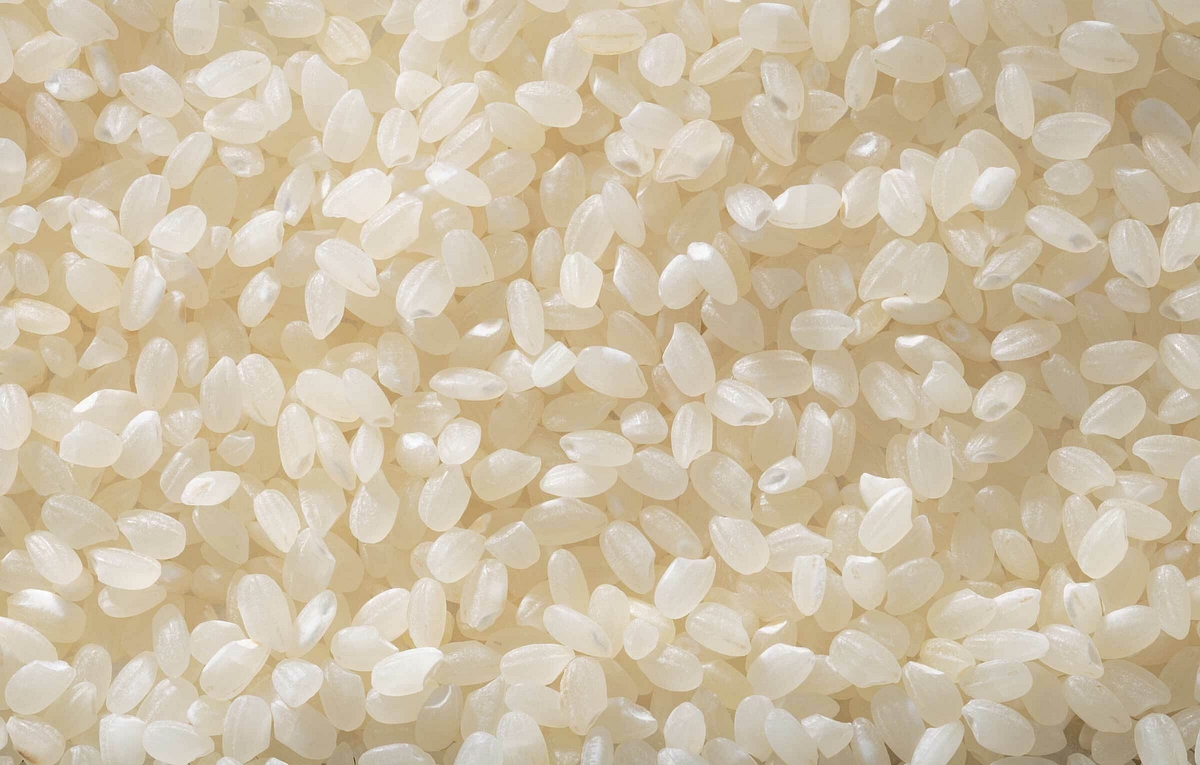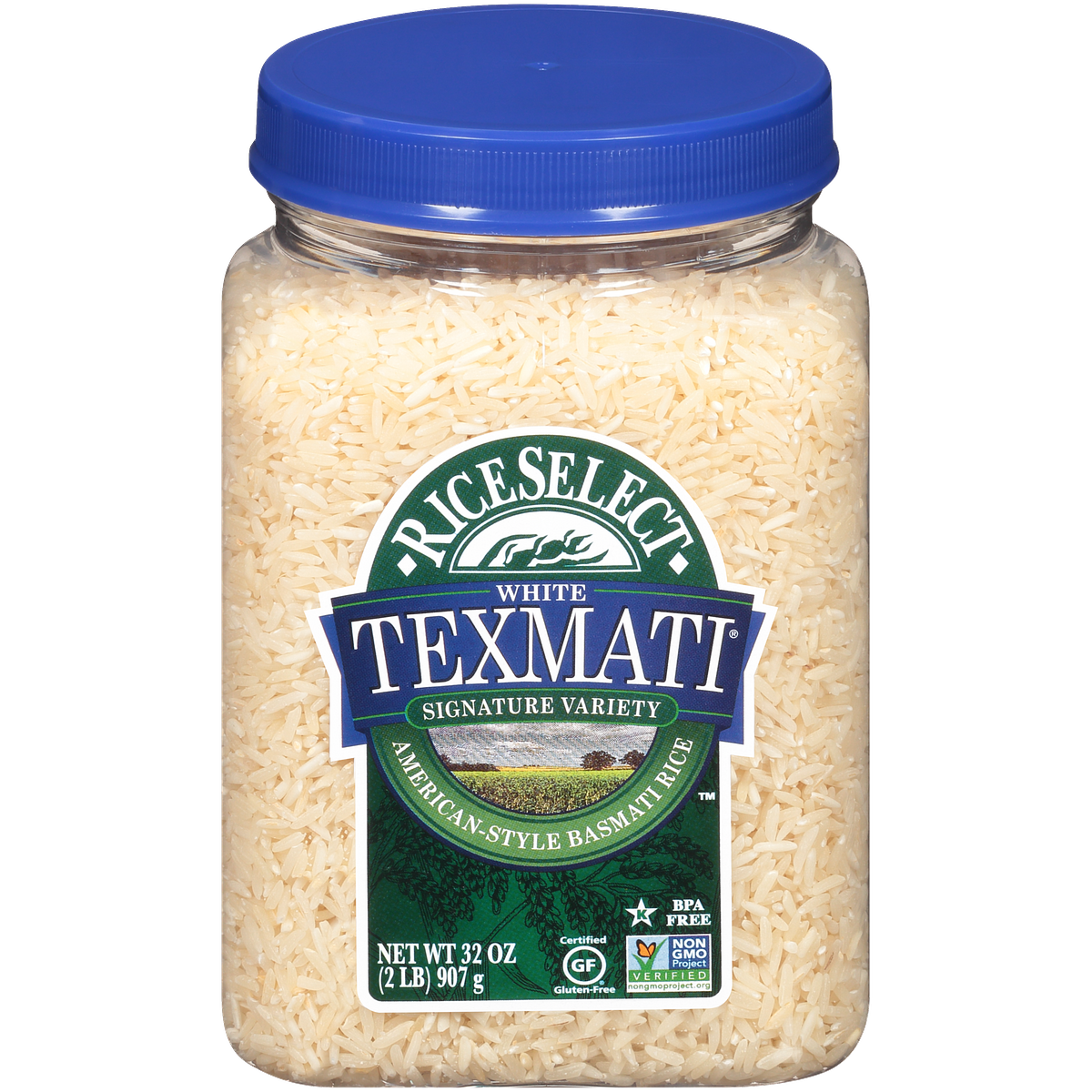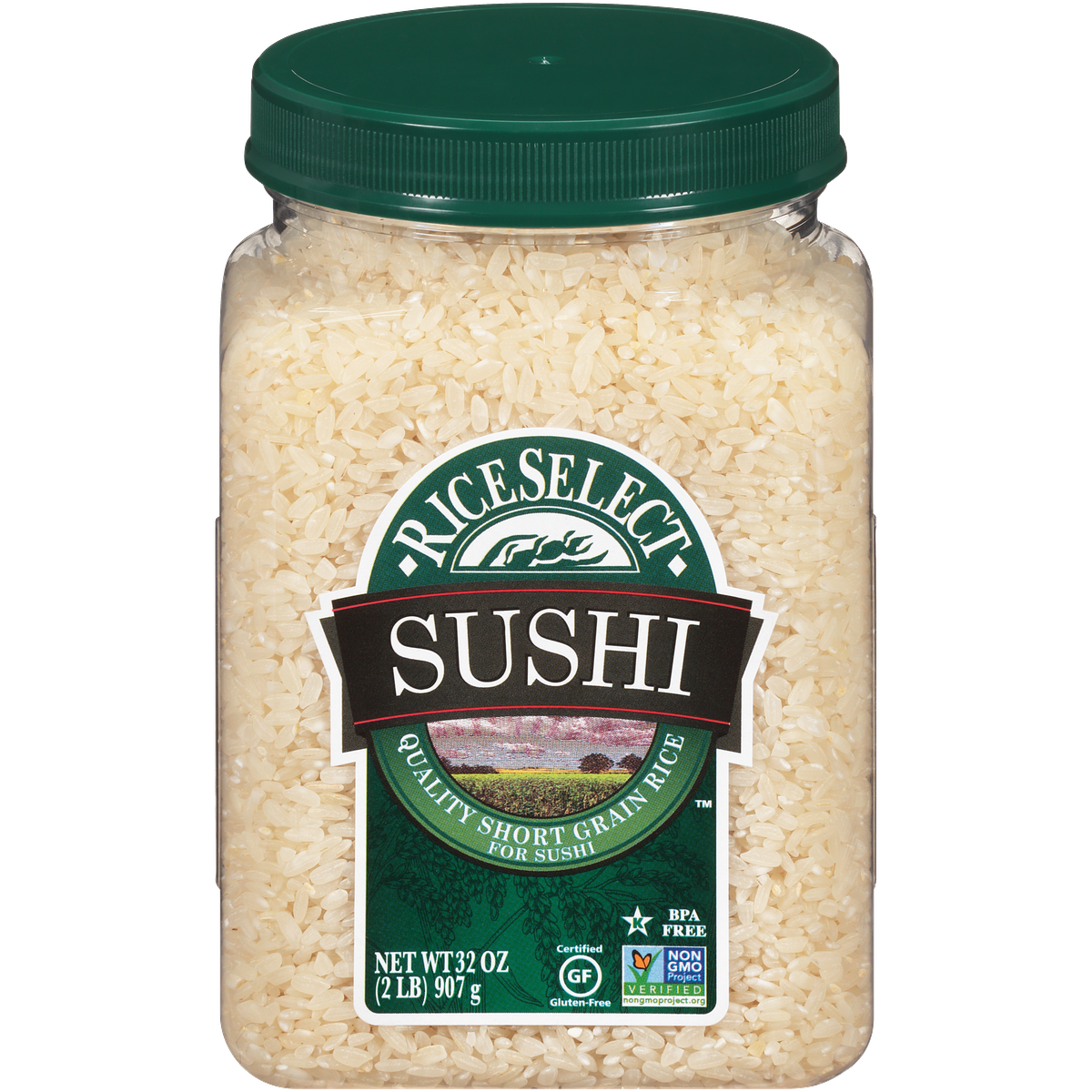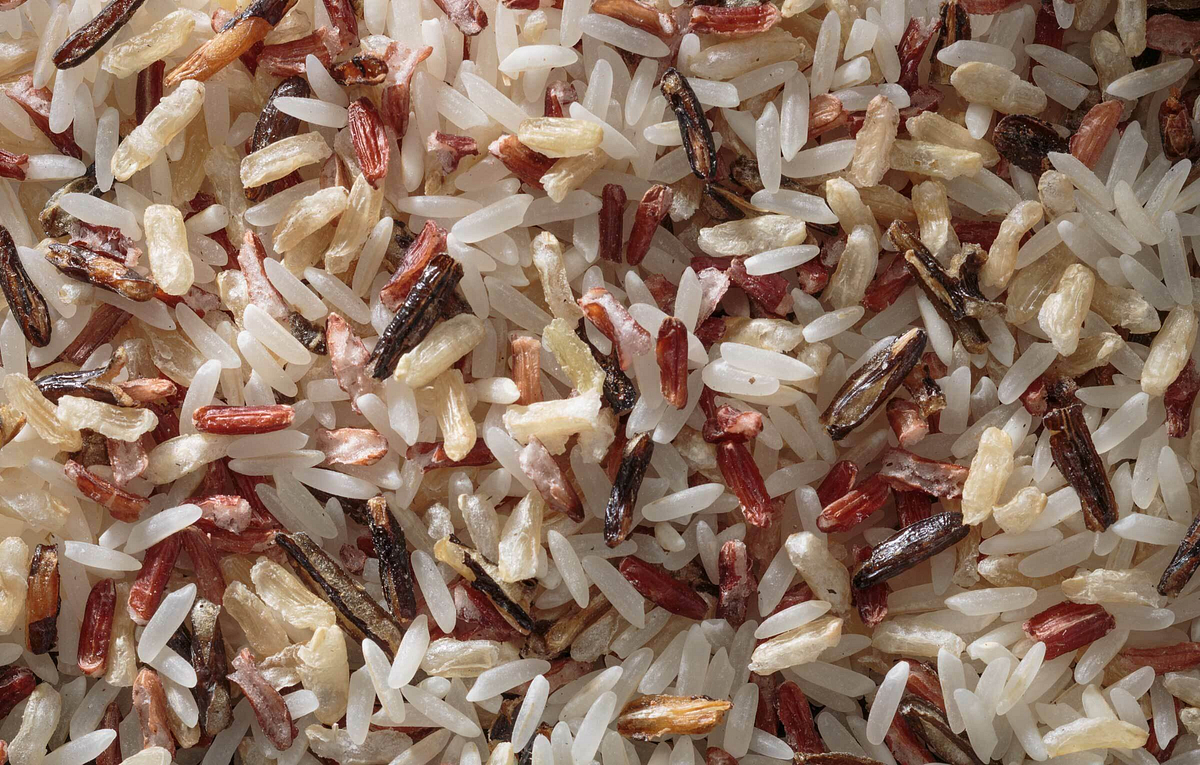From long grain to short, milled to whole grain, white to black, the world is home to thousands of types of rice! In total, it’s estimated that there are over 40,000 varieties of cultivated rice in existence. So how do you tell them apart? Good question!
Rice is generally categorized by its length, color and how it has been processed. For example, jasmine rice is a long-grain type of rice that is available milled (white) or unprocessed (brown). Milling removes rice’s outer husk, bran and germ, making it softer, whiter and more mildly flavored. When rice is unprocessed, it is a whole grain which contains more fiber and nutrients and has a nuttier, stronger flavor.
There’s much more to rice than you may think! Learning what makes each grain unique is the first step in creating flavorful, fulfilling dishes, night after night.
Different Grain Lengths of Rice
Rice can be grouped into three different general categories based on the grain length: long, medium and short. Each grain length contains a different type and level of starch. This affects the final flavor and texture of the grains. Generally, long-grain types of rice are part of the indica subspecies and short-grain are japonica.
Long-Grain Rice
Long grain rice is slender and fine and is generally much longer than it is wide. It contains more of the starch amylose than short-grain types of rice. This kind of starch causes long-grain rice to cook up light, fluffy, and separate. Long-grain rice — such as jasmine and basmati rice — does not clump together as much as short-grain rice.
Thanks to its light, separate grains, long-grain rice is ideal in salads and fried rice dishes, or sides, such as this Brown Rice Pilaf with Shitake Mushrooms.
Medium-Grain Rice
As the name suggests, these grains are medium in length in comparison to long and short-grain types of rice. They tend to be approximately 2 to 3 times longer than they are wide. The level of amylose in medium-grain rice is much lower than in long-grain varieties, resulting in grains with a creamy texture around a slightly chewy center.
Arborio rice, which can be used to make risotto, arancini or paella, is a popular type of medium-grain rice.
Short-Grain Rice
Plump short-grain types of rice are higher in amylopectin, as opposed to amylose, starch. This results in rice that is delicately chewy and soft and tends to clump together when cooked. This type of rice is also referred to as glutinous rice, on account of its glue-like texture.
A prime example of glutinous, or short-grain rice, RiceSelect® Sushi Rice can be used to make a variety of Japanese dishes, along with desserts and more.
White Rice vs. Brown Rice
A common question regarding rice varieties is the difference between white rice and brown rice. When rice is harvested, the inedible hull is removed. This results in a whole grain rice that is considered brown rice. For white rice, the bran and germ are also removed, and the grains are polished.
These seemingly minor differences affect rice’s flavor and cook time. Brown rice contains more fiber, on account of being a whole grain. It is also chewier with a nuttier flavor and longer cook time. White rice, on the other hand, has a more neutral flavor and more delicate texture.
Rice Varieties by Color and Processing
As mentioned, there are thousands of types of rice in existence! Learn to recognize some of the most common by their color and way they were processed.
White Rice
White rice is made through processing and polishing grains of rice to make them easier to digest and to help prevent spoilage. There are many types of white rice, from jasmine and arborio to sushi rice and more. White rice can be long, medium or short grain, and can be sticky and starchy or light and fluffy, depending on the type.
Brown Rice
A whole grain, brown rice has its bran and germ intact. Similar to white rice, brown rice comes in different grain lengths. Left unpolished or milled, basmati, jasmine, sushi rice and more are available in brown varieties. Brown rice requires more water and time than white rice to cook. Due to the oils in its bran layers, brown rice has a shorter shelf life than white rice.
Black Rice
Native to Southeast Asia, black rice, or forbidden rice, has a distinctive deep color, chewy texture and nutty flavor. Considered by many to be a superfood, due to its high levels of protein, minerals and antioxidants, black rice is commonly used in desserts, stir-fries and sides.
Wild Rice
Despite its name, wild rice is actually the seed from a type of freshwater grass and isn’t really rice at all. Native to North America, it is prized for its rich flavor and firm texture. Cooked in a similar way to rice, it adds layers of flavor to rice salads and soups, pilafs and stuffed vegetables.
Red Rice
As with black rice, red rice is high in anthocyanin, or antioxidant pigments that give certain foods, such as blueberries and eggplants, their dark color. Red rice has its bran and germ intact, meaning that it is a whole grain type of rice, with more fiber, nutrients and protein than white rice.
Parboiled Rice
Also known as converted rice, this type of rice is cooked in its husk before it is milled. This process helps the rice retain more of its nutrients, though it also affects the rice’s flavor and texture.
Other Aromatic Rice Varieties
Beyond jasmine and basmati, the world is home to many types of aromatic rice.
Basmati Rice
Long-grain and fragrant, basmati rice cooks up light, separate and fluffy. Native to India and Pakistan, it is commonly used in South Asian dishes, such as chicken biryani and rice pilaf.
Jasmine Rice
Slightly stickier than basmati rice, jasmine rice is a long-grain rice variety with a sweet, floral aroma. Primarily grown in Thailand, Cambodia and Laos, it is an ideal ingredient in Southeast Asian curries, stir-fries and desserts.
Arborio Rice
A short-grain japonica type of rice from Italy, arborio is best known for its role in silky risottos and arancini dishes. This type of rice has higher levels of amylopectin starch, which are released as it’s cooked, making it creamy and rich.
Glutinous/Sticky Rice
Low amylose content and high levels of amylopectin starch cause glutinous, or sticky, rice to become gluey and clumped together when cooked. This trait is key in dishes (such as certain types of dumplings), where a chewy texture and mouthfeel are important.
Sushi Rice
Plump, short-grain sushi rice has less amylopectin starch than glutinous rice but still cooks up soft and sticky. It is an essential ingredient in Japanese cuisine, and can also be used to make porridge, poke bowls, sides and more.
Bomba Rice
Bomba rice can be short or medium in length and is characterized by its ability to absorb flavors and remain separate when cooked. Grown in Spain, it is a classic ingredient in paella.
A Quick Note About Organic Rice
When it comes to rice and other grain products, it’s important to consider how they were grown and harvested if you’re truly interested in finding the best quality. Learn more about the difference of using organic rice varieties in this guide to the Benefits of Cooking With Organic Rice and Grains.
Hybrid Rice
Created by crossbreeding, hybrids offer the best qualities from different varieties of rice.
Texmati Rice
Texmati® is one of the most aromatic rice varieties in the USA. An American-grown hybrid of long-grain white rice and basmati rice, it has a unique flavor and an aroma that’s similar to fresh popcorn. Fluffy and light, it’s a very versatile type of rice that can be used in myriad dishes — from soups and salads to casseroles and desserts. Texmati Brown Rice offers the same appeal as the white variety combined with a dose of whole grains.
Rice Blends
With their varied textures, appealing aromas and depth of flavor, multi-grain rice blends open up a world of culinary possibilities. For example, Royal Blend® from RiceSelect® combines Texmati® white, brown, wild and red rice into one singular mix. A convenient combo guaranteed to inspire an abundance of recipes, this tasty pantry staple can easily elevate any meal.
If you’re a foodie like me, you’re probably excited to get into the kitchen and take on new cooking challenges. Start with an Orzo recipe or one of our couscous recipes from RiceSelect® and get creative to serve up a bit of spontaneous brilliance with any rice variety you choose! Try our salmon risotto tonight for a delicious dinner option!

